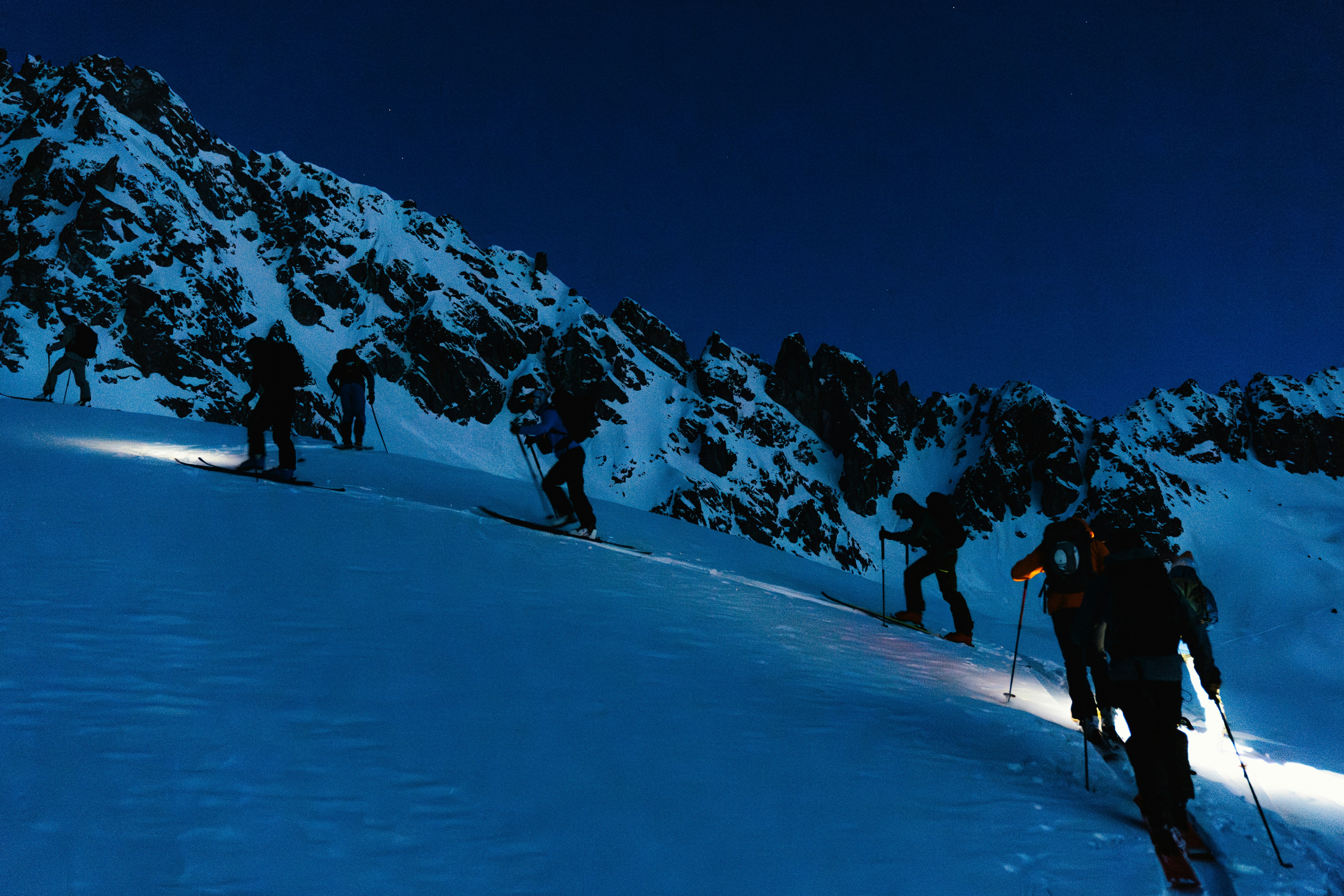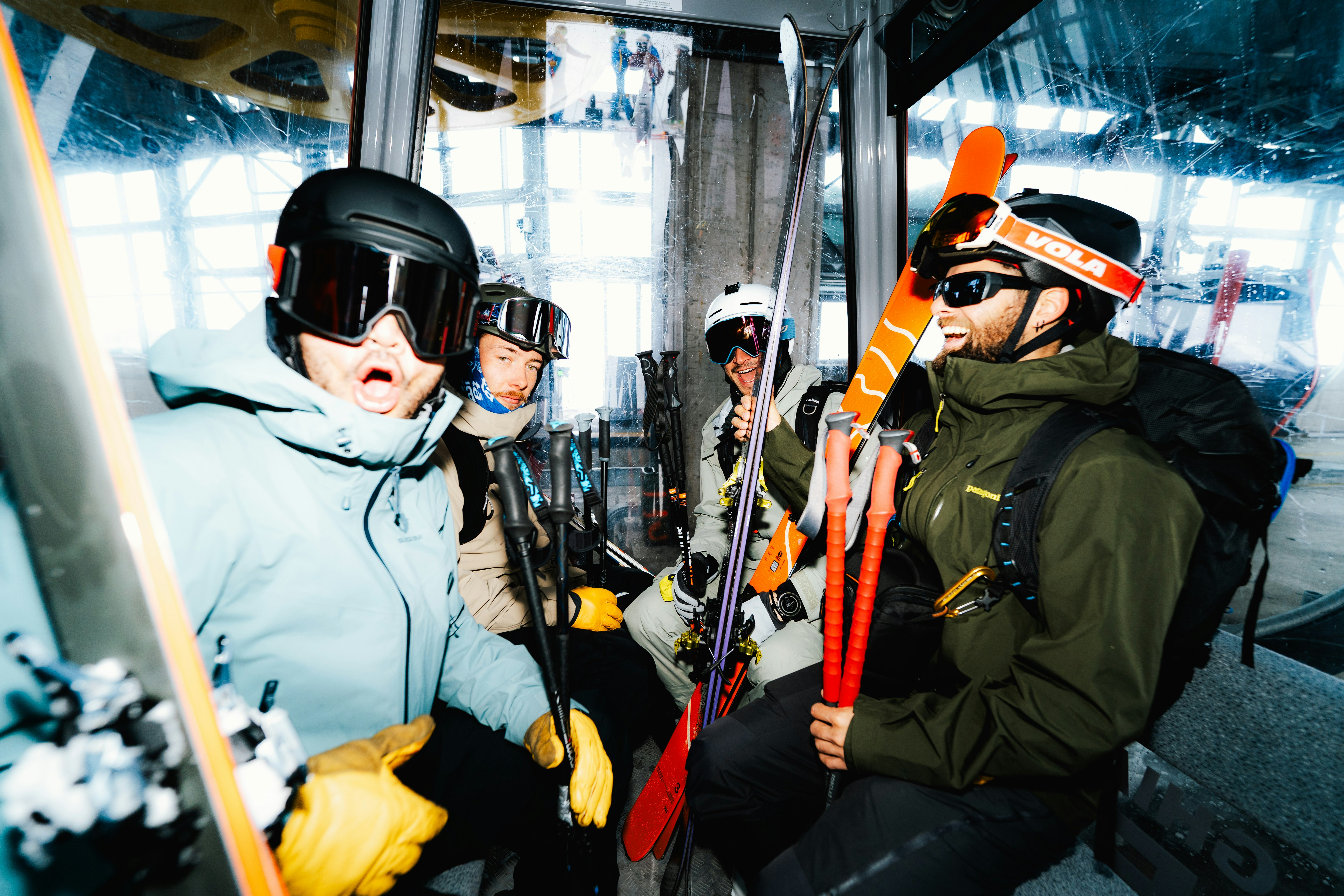For decades now, freeriders have been going in search of the perfect line or mountain to climb, and today they’re more accessible than ever before, thanks to technological advances in materials.
Before, it was impossible to tackle certain routes in the middle of winter, you had to wait for spring. Now, with lightweight fat skis, minimalist bindings, and boots with generous range of motion, riders can let loose on technical Alpine terrain, sailing elegantly through powder-filled gullies. While these materials let riders explore further, they can now reach altitudes and terrain that necessitate better knowledge of the mountain and monitoring of dangers. Which entails a good grounding in snow science and avalanches.

Decreasing snowfall is no reason to be complacent, you need to stay vigilant and know how to read the terrain. The challenge of the modern freerider will be to increase their knowledge of Alpine environments to move around the mountain responsibly, knowing how to avoid common pitfalls in risk assessment.

Share this article

